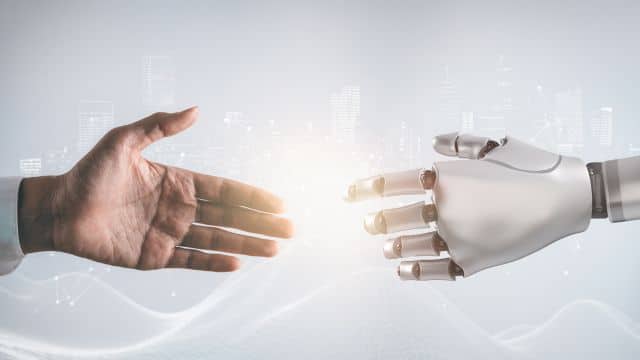Artificial Intelligence (AI) is no longer just a buzzword in the tech industry — it has become a practical tool shaping the way websites are designed, built, and maintained. For years, creating a professional website required either a skilled web developer or a website builder limited to templates and rigid functionality. Today, AI offers something in between: smart systems that can design, optimise, and even personalise websites in ways that were once impossible.
Smarter Website Design
One of the biggest ways AI is influencing web design is through automated layout generation. AI-powered builders can analyse the type of business, target audience, and desired user journey, then create layouts tailored to those needs. Instead of starting with a blank canvas, designers now begin with intelligent suggestions that accelerate the creative process.
Tools like AI-driven wireframing assistants or design recommendation engines also help to ensure that visual hierarchy, spacing, and typography follow best practices. Rather than relying solely on intuition, designers can test AI-generated variations quickly, saving time and reducing the risk of poor user experience.
Personalisation and User Experience
Modern websites are no longer static; they adapt to the visitor. AI enables real-time personalisation by analysing user behaviour, location, device, and past interactions. For example, an e-commerce site can display product recommendations based on browsing history, while a blog can promote articles most relevant to the reader’s interests.
This level of personalisation was once the domain of large tech companies with vast data resources. Now, thanks to affordable AI tools and integrations, even small businesses can deliver a customised experience to their users. The result is higher engagement, lower bounce rates, and improved conversion rates.
AI in Development and Maintenance
AI isn’t just reshaping design; it’s also changing the development process itself. Code generation tools powered by AI can help developers write cleaner, faster, and more reliable code. By automating repetitive tasks such as generating boilerplate HTML, CSS, or even JavaScript components, AI allows developers to focus on complex, high-value work.
On the maintenance side, AI-driven monitoring systems can scan a website for errors, broken links, or performance bottlenecks. Predictive analytics can even flag potential security vulnerabilities before they become a problem. For developers managing large-scale projects, this kind of proactive support is invaluable.
The Challenges of AI in Web Design
Another major area where AI is making an impact is content. From generating blog posts and product descriptions to creating alt text for images, AI tools can significantly reduce the workload for content creators. Combined with SEO optimisation engines, AI can suggest keywords, improve readability, and ensure that a website is aligned with search engine best practices.
Of course, human oversight remains crucial. While AI can draft text and recommend keywords, it’s still the role of writers and strategists to add personality, brand voice, and authenticity. The best results come from a blend of AI efficiency and human creativity.
Looking Ahead
The future of web design and development will be increasingly collaborative between humans and machines. AI will continue to take on repetitive, data-driven tasks, while designers and developers will focus on strategy, storytelling, and user connection. Websites will become more adaptive, more personalised, and more efficient — built with the speed of AI but refined with the insight only humans can bring.
In short, AI is not just a trend; it’s a fundamental shift in how websites are created and maintained. Businesses that embrace AI-driven design and development today will be better positioned to deliver the intuitive, responsive, and engaging digital experiences that users now expect.




